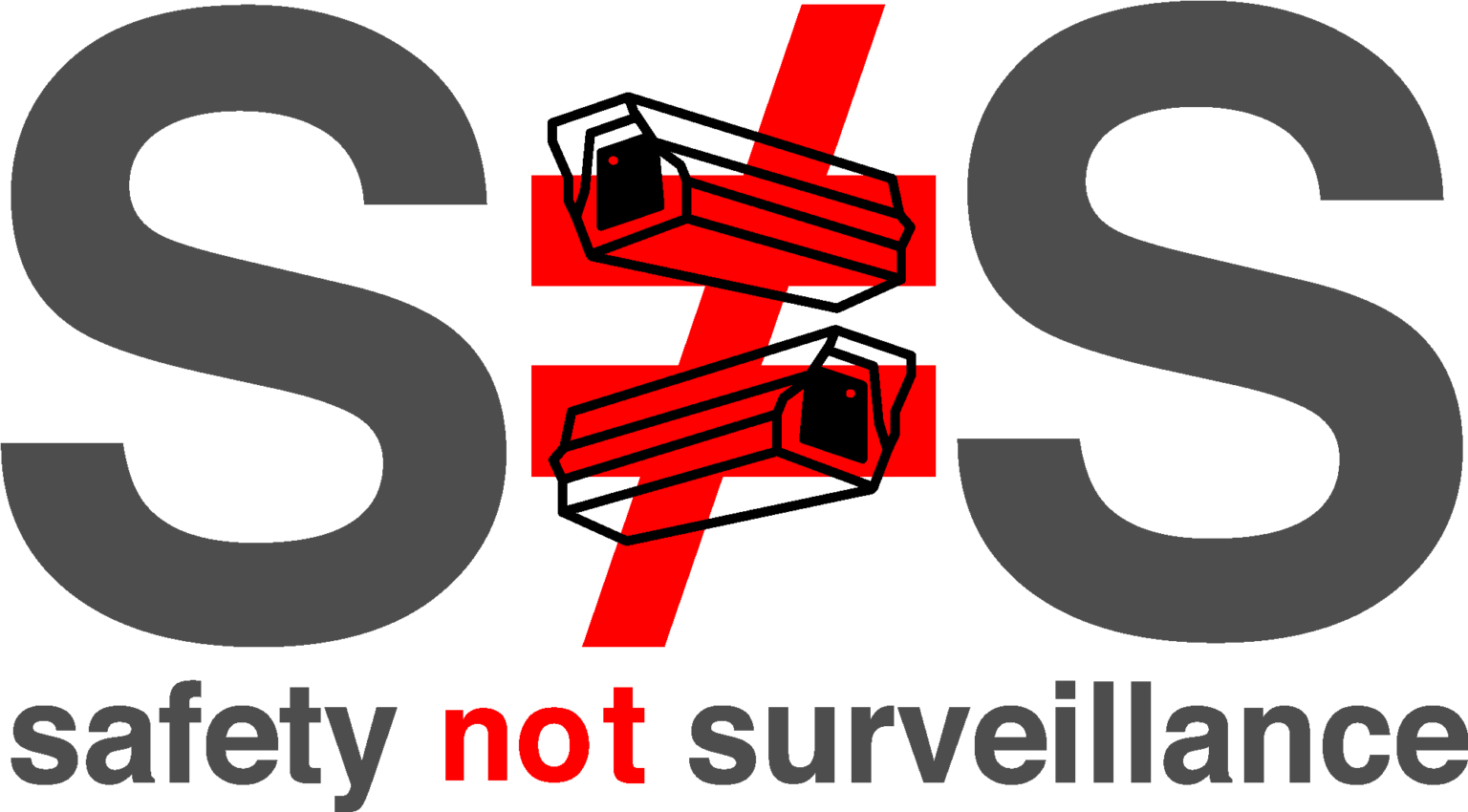Surveillance Technology
(E) “Surveillance equipment” shall mean an electronic surveillance device, hardware, or software that is capable of collecting, capturing, recording, retaining, processing, intercepting, analyzing, monitoring, or sharing audio, visual, digital, location, thermal, biometric, or similar information or communications specifically associated with, or capable of being associated with, any specific individual or group; or any system, device, or vehicle that is equipped with an electronic surveillance device, hardware, or software.
- (1) “Surveillance equipment” includes, but is not limited to:
- (a) international mobile subscriber identity (IMSI) catchers and other cell site simulators;
- (b) automatic license plate readers;
- (c) electronic toll readers;
- (d) closed-circuit television cameras;
- (e) biometric surveillance technology, including facial, voice, iris, and gait-recognition software and databases;
- (f) mobileDNA capture technology;
- (g) gunshot detection and location hardware and services;
- (h) x-ray vans;
- (i) video and audio monitoring and/or recording technology, such as surveillance cameras,wide-angle cameras, and wearable body cameras;
- (j) surveillance enabled or capable light bulbs or light fixtures;
- (k) tools, including software and hardware, used to gain unauthorized access to a computer, computer service, or computer network;
- (l) social media monitoring software;
- (m) through-the-wall radar or similar imaging technology, (n) passive scanners of radio networks, (o)long-range Bluetooth and other wireless-scanning devices,
- (p) radio-frequency I.D. (RFID) scanners,
- (q) utilities consumption tracking technologies such as advanced meters(AMS), smart grid and smart meter deployments and
- (r) software designed to integrate or analyze data from Surveillance Technology, including surveillance target tracking and predictive policing software.
